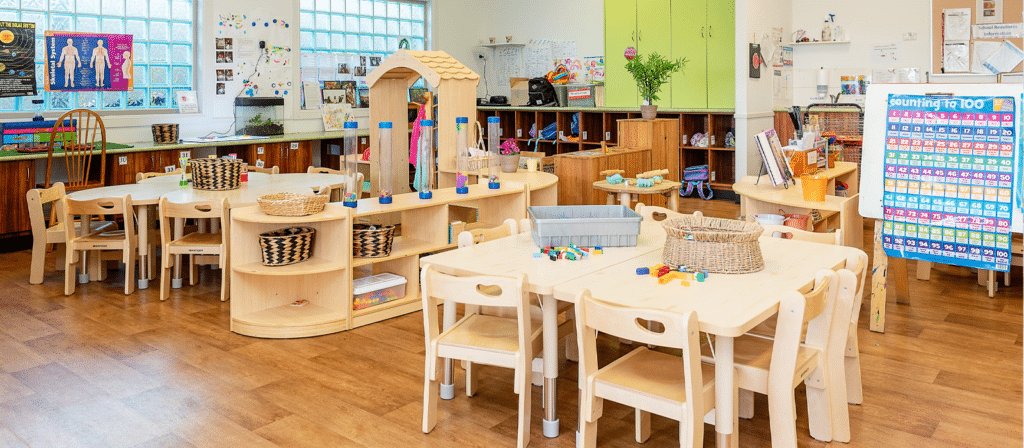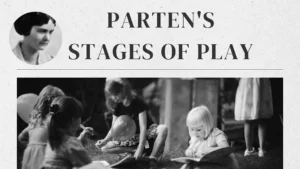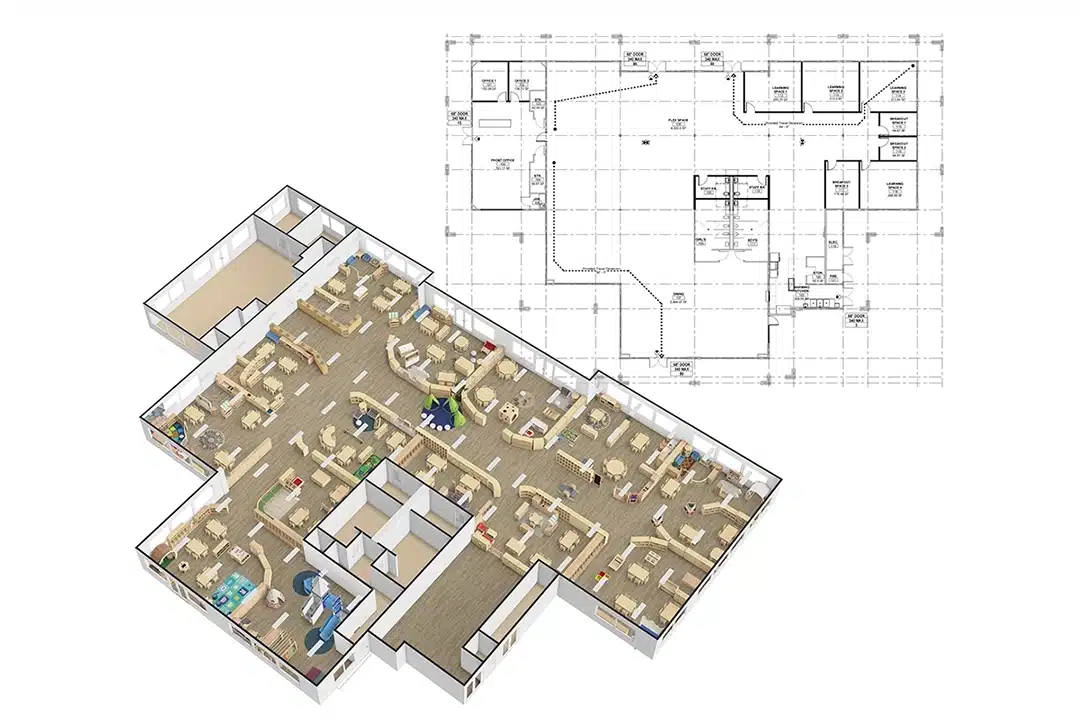Are you looking to create a captivating and nurturing Montessori classroom? Wondering how to bring the beauty of nature into your furniture design? Get ready to explore the transformative power of incorporating natural elements in Montessori classroom furniture. Ready to create an environment that inspires and connects children with the wonders of the natural world?
Discover how to seamlessly blend nature and Montessori principles by incorporating natural elements in your classroom furniture. Embracing natural materials, earthy textures, and organic shapes creates a harmonious and inviting space that stimulates curiosity and enhances the learning experience.
Unleash the power of nature in your Montessori classroom as we explore creative ways to incorporate natural elements into furniture design.
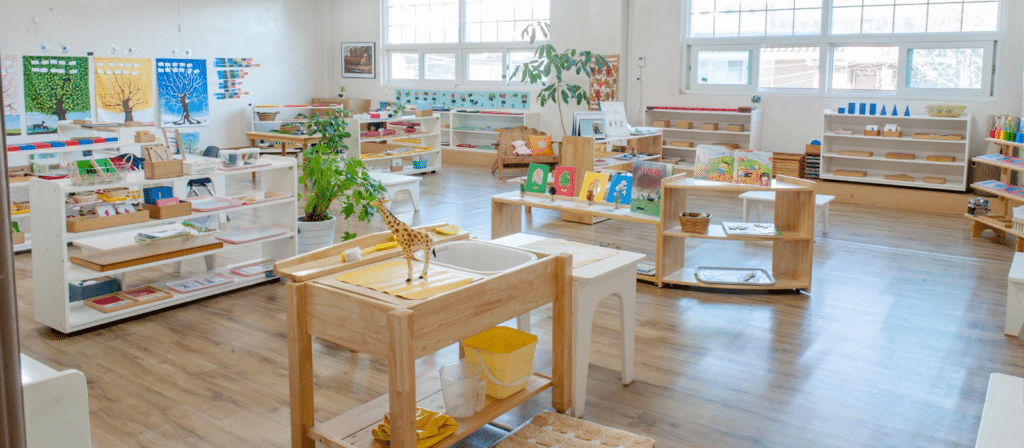
Why use natural materials in Montessori classroom furniture?
The Montessori philosophy emphasizes the importance of connecting children with nature and the environment. By incorporating natural elements into the classroom, we can create a sensory-rich learning experience that promotes exploration and discovery. Natural materials also have a calming effect and can reduce stress and anxiety in children (source). Additionally, using sustainable and eco-friendly materials is in line with the Montessori principle of respecting the environment.
How to incorporate natural elements?
- Embrace Natural Materials:
Choose furniture crafted from sustainably sourced wood, bamboo, or wicker to bring the warmth and beauty of nature into your classroom. Natural materials provide a tactile experience, connecting children to the natural world while fostering a sense of eco-awareness and sustainability. - Explore Earthy Textures:
Incorporate natural textures, such as cork, wool, or woven fabrics, into cushions, rugs, and seating options. These textures add depth, sensory stimulation, and a touch of coziness to the learning environment, enhancing children’s engagement and comfort. - Integrate Organic Shapes:
Consider furniture designs with organic shapes inspired by nature, such as tree-like bookshelves or tables with flowing, curved edges. These shapes mimic the fluidity of nature, creating a visually pleasing and inviting space that encourages exploration and creativity. - Bring the Outdoors In:
Integrate live plants, flowers, or even a small indoor garden into your classroom. Not only do they purify the air, but they also provide a calming and natural ambiance. Involve children in caring for plants, teaching them about growth, responsibility, and the interconnectedness of all living things. - Nature-Inspired Art and Decor:
Display nature-inspired artwork, photographs, or prints on the walls. Use earthy colors and natural motifs to create a serene and visually appealing environment. Incorporate natural objects, such as seashells, leaves, or pinecones, as decorative elements, providing children with opportunities for observation and exploration.
What are the considerations for incorporating natural materials in Montessori classroom furniture?
While natural materials offer many benefits, there are also some considerations to keep in mind when incorporating them into Montessori classroom furniture. These include:
- Cost: Natural materials can be more expensive than synthetic materials, so it is important to consider the budget when selecting furniture.
- Durability: Natural materials may require more maintenance and care than synthetic materials to maintain their appearance and function.
- Safety: Natural materials may have sharp edges or splinters that could pose a safety hazard to children. It is important to select furniture that is designed with safety in mind and to inspect it regularly for any signs of wear or damage.
- Allergies: Some children may have allergies to certain natural materials, such as wool or leather. It is important to be aware of any allergies and to select furniture that is hypoallergenic.
- Sustainability: When selecting natural materials, it is important to consider their impact on the environment and to choose materials that are sustainable and eco-friendly.
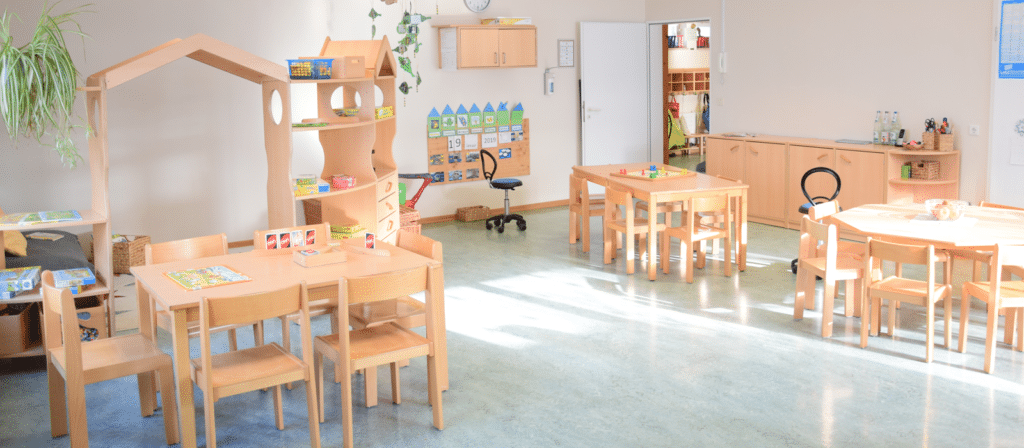
By incorporating natural elements into Montessori classroom furniture, you create a space that fosters connection, curiosity and a deep appreciation for the natural world. Embrace the use of natural materials, textures, organic shapes, live plants, and nature-inspired art and decor to transform your Montessori environment into a sanctuary of wonder and learning.
Remember, nature is an incredible teacher, and by infusing it into your Montessori classroom, you provide children with a rich and holistic educational experience that nurtures their love for the environment and ignites their natural curiosity and creativity.

